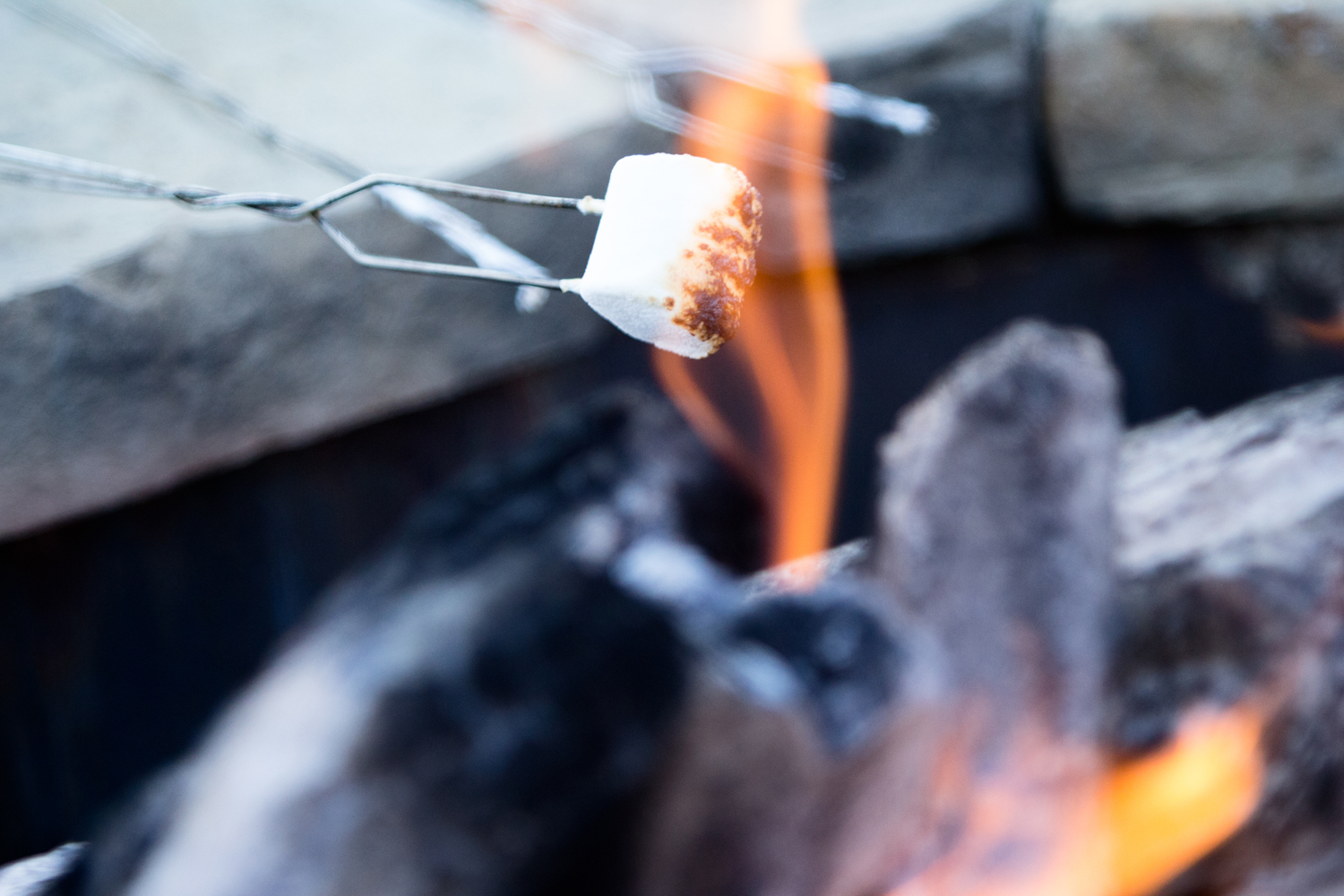One thing most people don’t know about West Yellowstone, MT is that we are completely surrounded by National Forest Lands, or “landlocked” as we like to call it. To our east is Yellowstone National Park and to the other three sides is Custer-Gallatin National Forest. We consider these forest lands our home, as well as valuable habitat for hundreds of species of wildlife.
While this means thousands of acres of public access, recreation, trails, and campgrounds, it also means that we are at the mercy of Mother Nature. Mid-summer the daily temperatures rise into the 80s and 90s and chances of precipitation is low. Combine this with afternoon winds and the occasional thunderstorm, increased fire dangers are present.
We ask that our visitors know the proper procedures for campfires and be aware of the fire conditions. These can be obtained by local visitor centers, the United States Forest Service Ranger office, and Yellowstone National Park visitor services.
Below we have included some simple rules for campfire safety and the meanings of area fire danger ratings.
Remember what Smokey the Bear says “Only you can prevent forest fires.” Prevention and conservation go hand in hand – leave no trace for the people behind you.
Yellowstone National Park:
- No camping outside of designated areas.
- Campfires need to be in an established fire ring.
- Campfires, including those in portable wood or propane fire pits, are prohibited in the Fishing Bridge RV Park. Wood and charcoal fires are permitted in all other campground locations, though special fire restrictions are occasionally put in place when the danger of wildland fires is great. If you plan to light a fire in the park, please ask about current fire restrictions at the entrance station when you arrive or email our Visitor Services Office immediately prior to your visit. Propane grills and stoves are normally not restricted.
- Do not leave fires unattended.
- Completely extinguish the fire before leaving – no red or smoldering embers. Cool to the touch.
West Yellowstone Area – Custer-Gallatin National Forest:
- Be aware of fire regulations. In drought conditions, fires may be prohibited and you may only use a camp stove. In extreme drought conditions, even camp stoves are forbidden.
- Where fires are permitted use established fire rings, fire pans or mound fires. Do not make a fire ring of rocks.
- Use only dead and downed wood.
- Don’t burn dangerous things like aerosol cans, pressurized containers, glass or aluminum cans. They could explode, shatter and/or create harmful fumes or dust.
- Keep a shovel—even a small camp shovel—near the fire so it’s available to use to throw dirt on the campfire.
- Keep a bucket of water near the fire to help extinguish it when necessary.
- Know where the nearest water faucet is located to refill the bucket after use. Supervise children at all times when fires are burning or grills are in use. Do not allow children to run or play around the fire ring, even when the fire is not lit.
- When near campfires, wear snug fitting clothing and be sure everyone knows how to put out a clothing fire—stop, drop and roll.
- Burn all wood and coals to ash, extinguish campfires completely then widely scatter cool ashes. Never leave a smoldering campfire, as wind can cause it to flare up.
National Fire Danger Rating System (NFDRS)
Since 1974, five rating levels have been used to describe danger levels in public information releases and fire prevention signing:
- Low (Green)—Fire starts are unlikely. Weather and fuel conditions will lead to slow fire spread, low intensity and relatively easy control with light mop-up. Controlled burns can usually be executed with reasonable safety.
- Moderate (Blue)—Some wildfires may be expected. Expect moderate flame length and rate of spread. Control is usually not difficult and light to moderate mop-up can be expected. Although controlled burning can be done without creating a hazard, routine caution should be taken.
- High (Yellow)—Wildfires are likely. Fires in heavy, continuous fuel such as mature grassland, weed fields and forest litter, will be difficult to control under windy conditions. Control through direct attack may be difficult but possible and mop-up will be required. Outdoor burning should be restricted to early morning and late evening hours.
- Very High (Orange)—Fires start easily from all causes and may spread faster than suppression resources can travel. Flame lengths will be long with high intensity, making control very difficult. Both suppression and mop-up will require an extended and very thorough effort. Outdoor burning is not recommended.
- Extreme (Red)—Fires will start and spread rapidly. Every fire start has the potential to become large. Expect extreme, erratic fire behavior. NO OUTDOOR BURNING SHOULD TAKE PLACE IN AREAS WITH EXTREME FIRE DANGER.
Click here for more details about what factors go into determining fire danger levels.
The Yellowstone Nature Connection in West Yellowstone conducts daily education courses for families through their Jr. Smokejumper program.
Sources: Montana Fish, Wildlife & Parks, Custer-Gallatin National Forest, smokeybear.com,